A roof is the highest component of a building that serves as a structural covering to protect the structure from the elements (i,e from rain, sun, wind, etc). Roofs are built in the same way as upper floors in terms of structure, albeit the shape of their upper surfaces may differ. Roofs have been built in a range of shapes and sizes, including flat, pitched, vaulted, domed, and combinations, depending on technical, economic, and aesthetic concerns.
A roof is made up of a structural element that holds the roof covering in place. Trusses, portal beams, slabs (with or without beams), shells, and domes are examples of structural elements. A.C. sheets, G.I. sheets, hardwood shingles, tiles, slates, or the slab itself can all be used as roof coverings.
Rain and snow fall more directly and in greater quantities on the roof and roof covering than on the walls. As a result, it must provide a significant barrier to rain ingress, with strong weatherproofing being especially critical. Simultaneously, the roof framework that supports the roof covering must be sufficiently strong and stable. A roof must also have thermal insulation, fire resistance, and sound insulation in addition to these features.
The first roofs built by humans were most likely thatched roofs composed of straw, leaves, branches, or reeds, and they were normally set at a slope, or pitch, to allow rainwater to drain off. Conical thatched roofs are a good example of this kind, and they are still commonly used in rural Africa and other parts of the world. Eventually, thicker branches and beams were employed to span a roof, with clay or another reasonably impervious substance pressed into the gaps between them.
Types of Roofs:
The shape or plan of a building, the climatic conditions of a location, and the type of construction materials available all influence the type of roof chosen. Roofs can be divided into three main types:
1. Sloping or pitched roof:
A pitched roof is defined as a roof having a slanting surface. The following are the several types of pitched roofs:
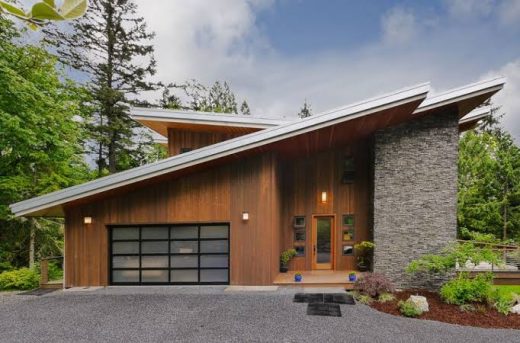
Fig 1: Pitched or Sloping Roof
a) Lean-to-roof:
This is the most basic style of the sloping roof, which can be used for a small room or a verandah. Only one side of this has a slope.
b) Gable Roof:
The triangle produced when the two pitched portions of the roof meet are referred to as a gable.
The gable roof is a particularly common style of the roof because it is simple to construct, sheds water well, allows for ventilation, and can be used with almost any building design.
c) Hip Roof:
A conventional hip roof is made up of four slopes of equal length that meet at the ridge to make a simple ridge. There are a few varieties, including the half-hip, which has two shorter sides with eaves. The construction of a hip roof is slightly more challenging. It’s a popular option, however, it doesn’t have any ventilation. In high-wind situations, they function better.
d) Gambrel Roof:
It’s also known as barn roof because it’s commonly seen on barns. It adds to the attic’s headroom. A gambrel roof is a symmetrical two-sided roof with a shallow upper portion and steeper lower slope on either side, most typically found in barns. This design maximizes the space within a building’s loft, but it’s generally utilized on outhouses and barns because it’s ineffective in locations with high winds or snowfall.
e) Deck Roof:
A deck roof, like a hip roof, has slopes in all four directions, but the top is covered with a deck or plane surface.
f) Mansard or club roof:
It’s a French design that’s more challenging to construct than a hip or gable roof. On each side, it has two slopes within one. The roof slope is greater at the bottom, thus the pitch of the roof hardly begins. This provides for more inside space and, in most circumstances, creates additional space.
2. Flat or terraced roof:
This type of roof has a slope of less than 10 degrees and is either horizontal or nearly horizontal. Even a completely horizontal roof must have a slight incline at the top to allow rainfall to drain quickly. The flat roof can be built using flagstone, R.S.J., and flagstones, reinforced cement concrete, reinforced brickwork, jack arch roof, or precast cement concrete modules in the same way as the upper level. The flat roof, on the other hand, differs from the upper floor mainly in terms of the top finish, which is known as terracing, which protects it from rain, snow, heat, and other elements.
3. Curved roof:
Curved roofs are an important part of a pitched roof because they protect the roof framework from rain, snow, sun, wind, and other environmental factors.
Any building with a curved roof has a very modern and intriguing feature. The flexibility of metal components is used to create one huge curving framework in modern roofing. Curved roofs help reduce wind resistance, but they’re mostly chosen for the outstanding aesthetic value they may provide to a structure.
The type of building, type of roof structure, initial cost, maintenance requirements, fabrication facilities, aesthetic and particular features of the locality, durability, availability of the material itself, and climate of the locality are all factors to consider when selecting a roofing material.
Some other types of roofs:
a) Butterfly Roof:
With two tandem sections of roofing angled upwards to form a V-shape, a butterfly roof, also known as an inverted pitch roof, mimics the wings of a butterfly. The style gives buildings an eye-catching, modern aspect while also allowing for wider walls and windows, as well as an easily managed rainwater collection system through the roof’s center channel.
b) Dormer Roof:
A dormer is more of an extension to a roof that already exists. Dormers have a vertically projecting window that creates an extra window in the roof from a regular pitched roof. This type of roof is most commonly used in loft conversions since it allows for easy space expansion and natural light in the converted loft room.
c) M Shaped Roof:
An M-shaped roof is basically a double gable roof with two pitches. The roof is supported by two bearing walls, with two sloping walls forming a ‘M’ shape in the centre. During the winter season, central guttering runs between the two pitches to prevent snow and rain accumulation.
References:
1. https://www.civilconcept.com/types-of-roof-types-of-roof-materials/
2. https://www.cupapizarras.com/int/news/10-types-of-roofs/
3. https://www.owenscorning.com/en-us/roofing/tools/roof-types
4. https://jtcroofing.co.uk/roof-types/
5. https://www.homestratosphere.com/home-roof-designs/
If you have a query, you can ask a question here.



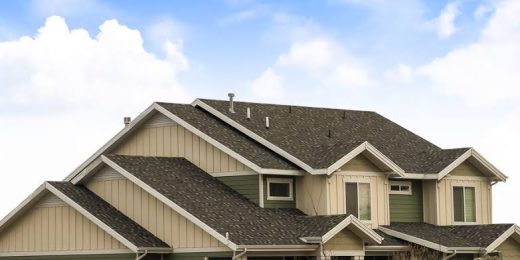
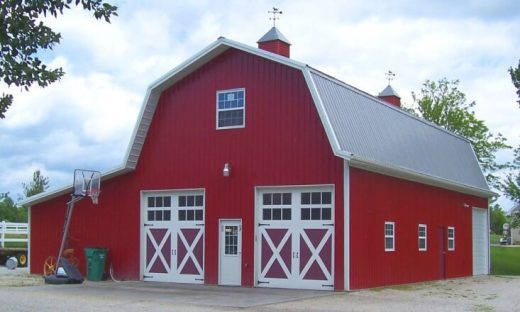
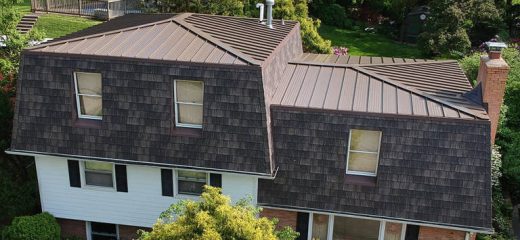
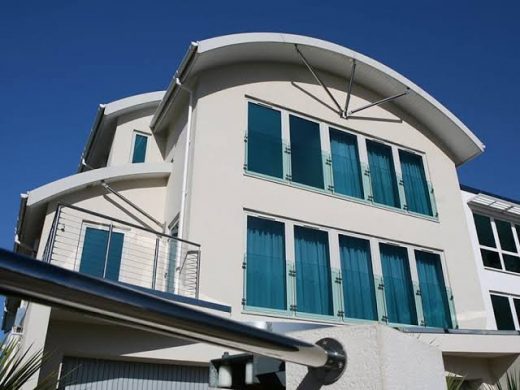
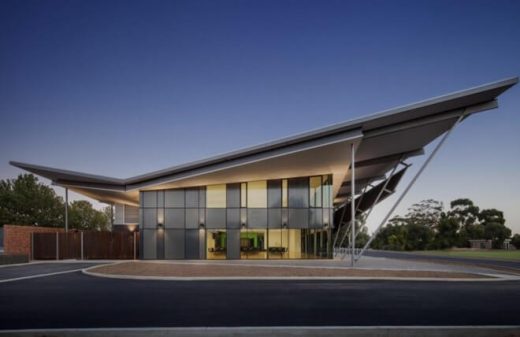
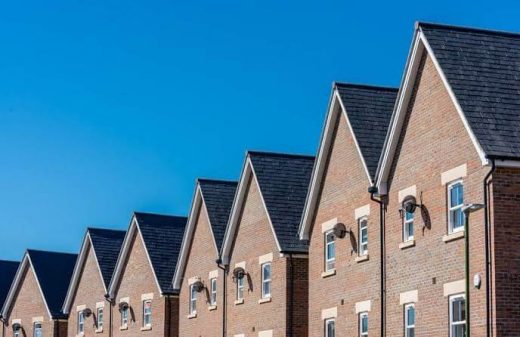
So which type of roof is the strongest and will remain modern for the next 30 or so years
I have a gable roof new rafters 20’ and plywood installed but just learned whole 60’ of roof , rafters from plate to ridge is 5” out of plumb evenly throughout bridging is nailed at 4’ throughout and glued , what options do I have . Rafters are 2×12